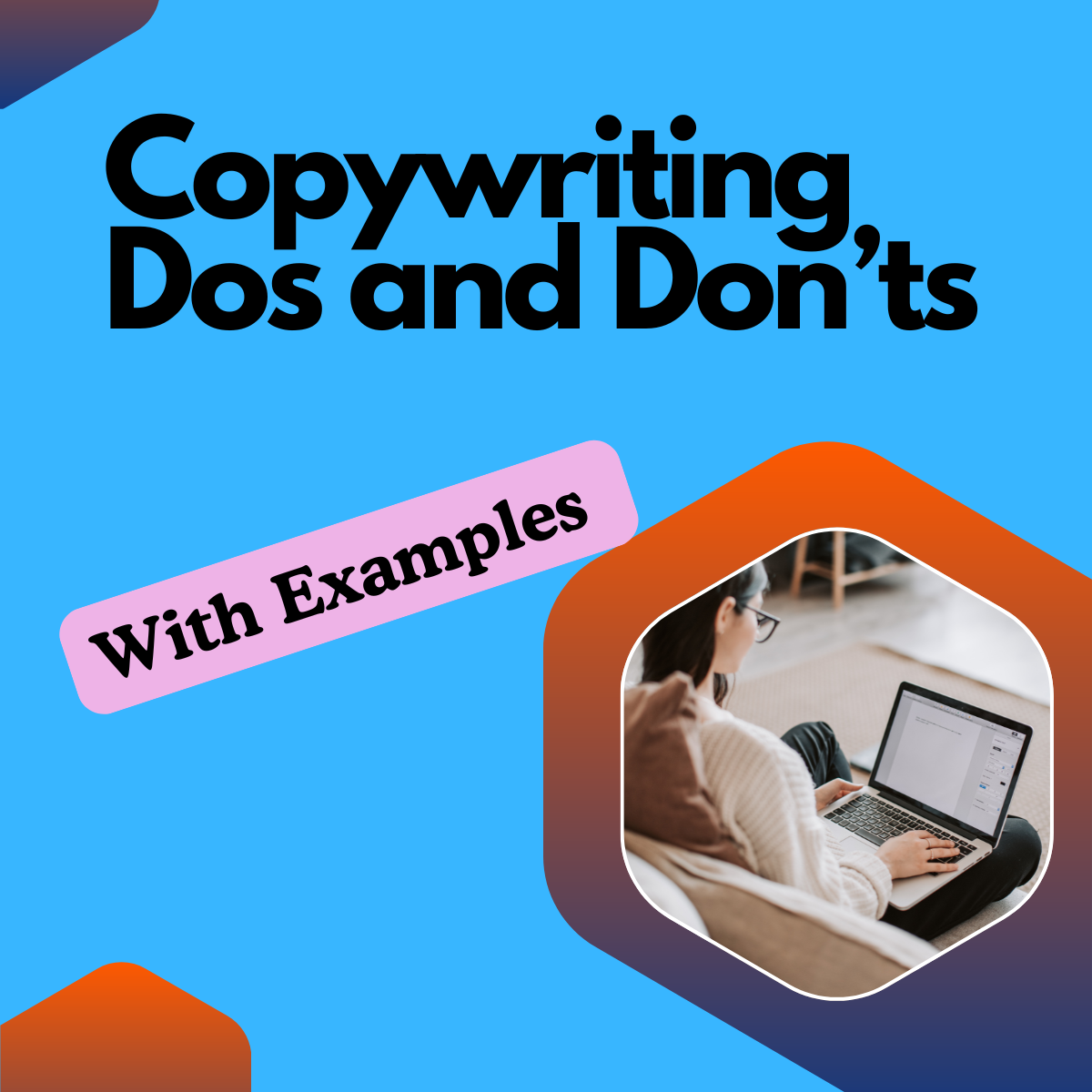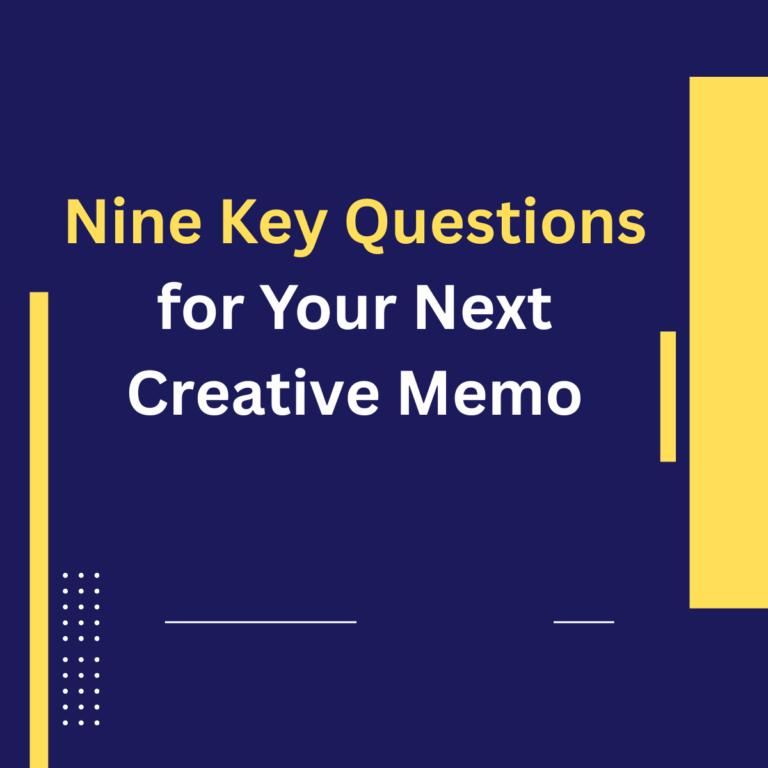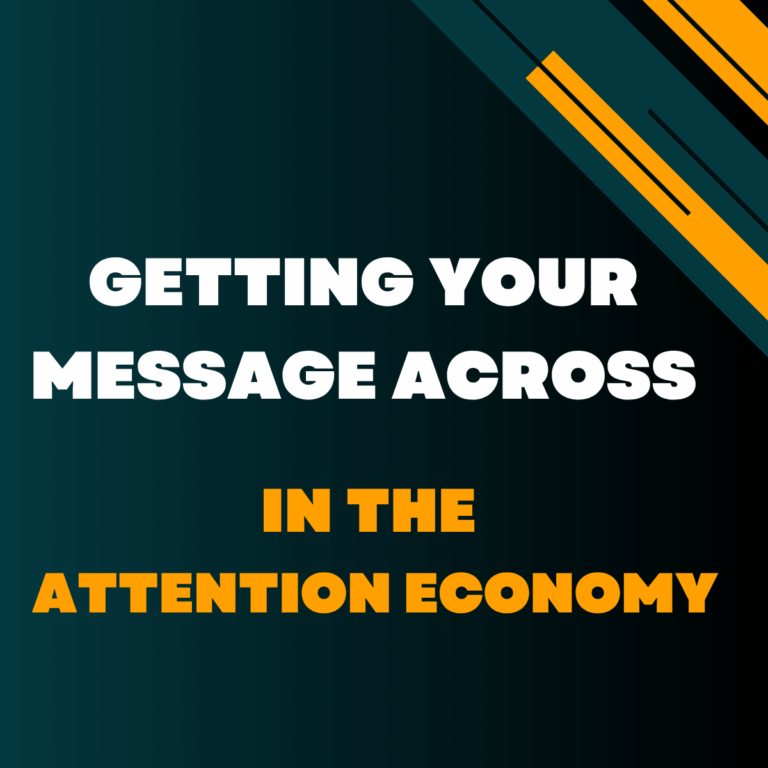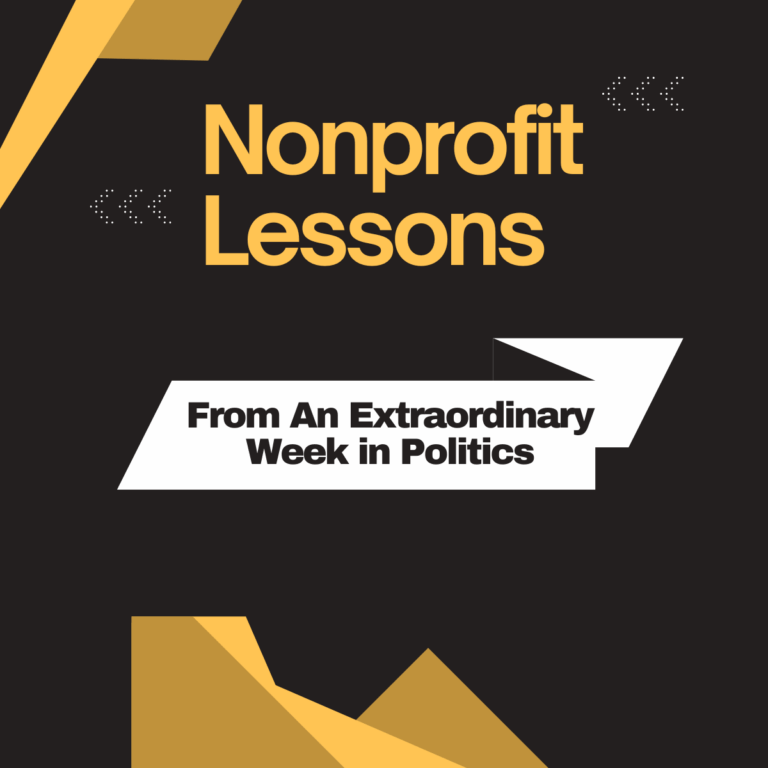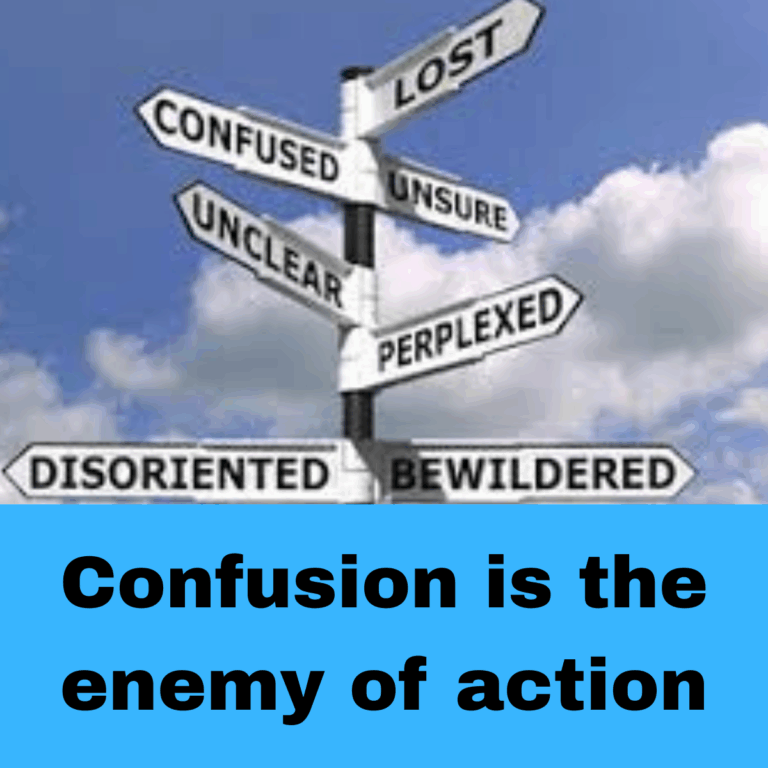I tend to focus the Monday Memo on messaging and organizational positioning issues as they arise in the context of current events. But every now and then, I like to reach back and talk about the craft of copywriting. In today’s memo, three key Dos and Don’ts with concrete examples that hopefully bring the advice to life.
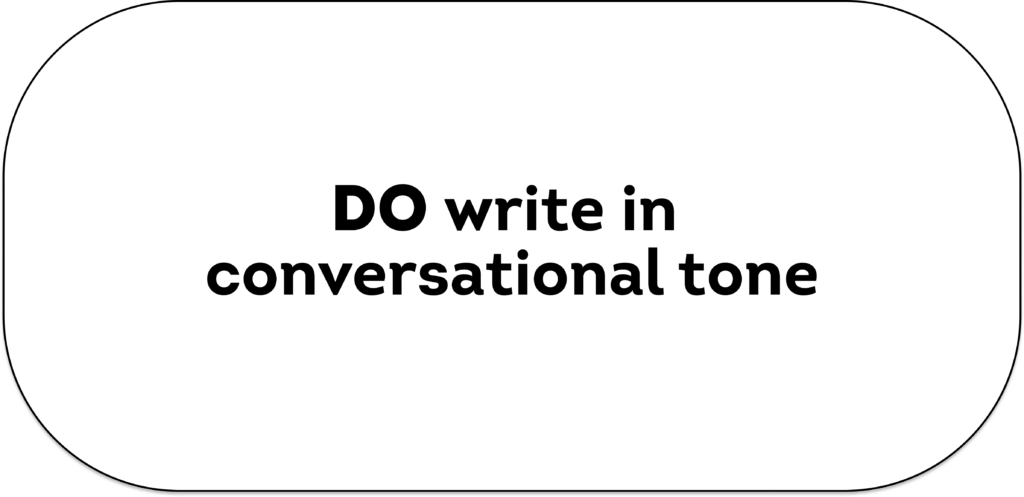
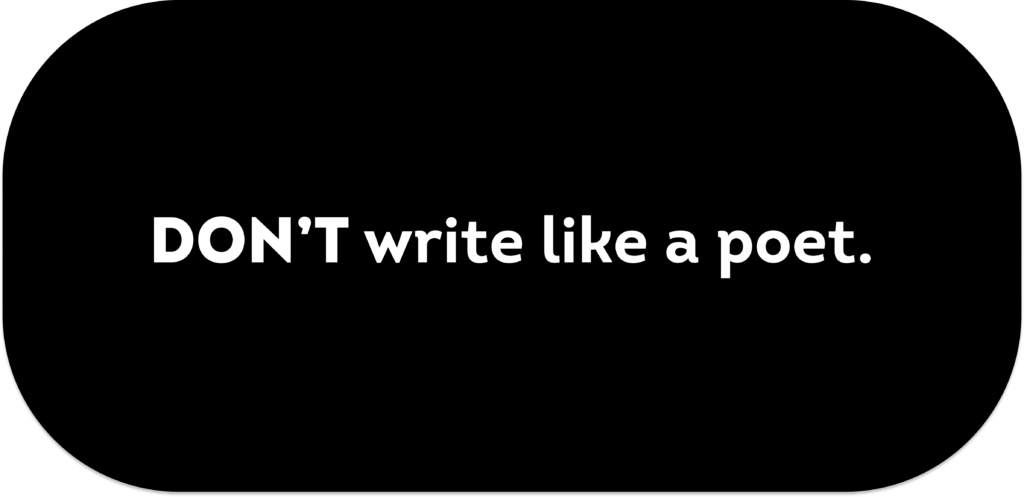
During my years as a political consultant, I worked with Dan Payne, a brilliant ad guy who wrote wonderful TV commercials and newspaper ads for Democratic candidates. So, when I started my direct response communications and fundraising firm, it seemed natural to ask Dan to write some fundraising appeals for our clients. When his first drafts arrived, everything I admired about Dan’s writing was there — wonderful turns of phrase, economical use of language, polished prose. But something was off. Then it hit me. Dan wrote like a poet and the sheer elegance of his writing militated against a conversational tone.
A good rule of thumb: If you draw attention to your writing, you’re probably drawing attention away from your message. Or, as Elmore Leonard put it, “If it sounds like writing, rewrite it.”
| Like A Poet | Like A Conversation |
|---|---|
| “As the glistening noon sun bore down on us, our campsite became an unbearable inferno.” | “By noon, it was hot as hell.” |
| “When I saw what happened to her, I was overwhelmed by a deep well of emotions.” | “When I saw what they did to her, it broke my heart.” |
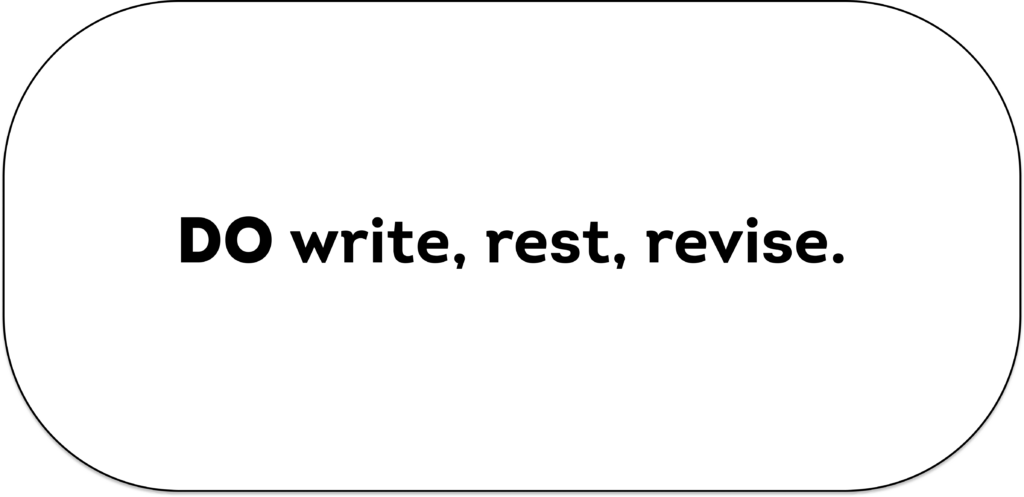
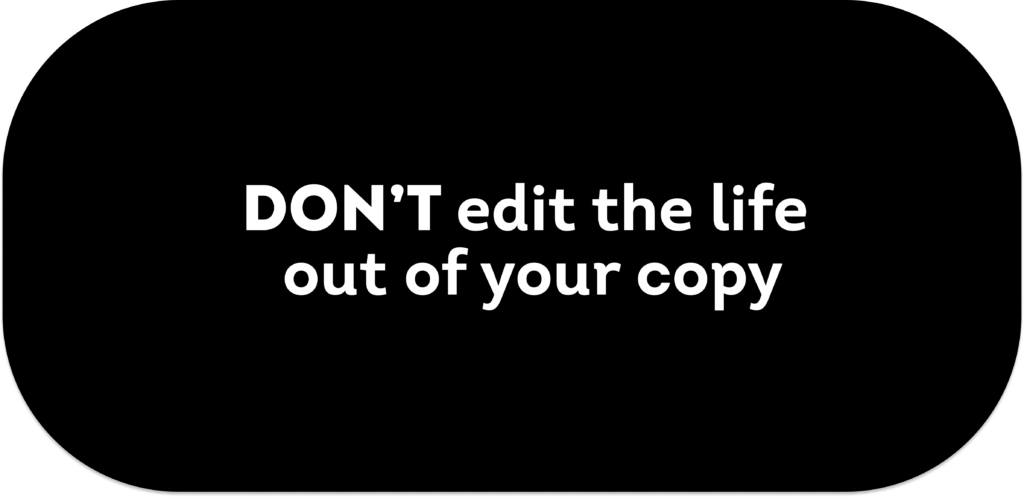
It’s one of the golden rules of copywriting. Write your strongest draft and step away for a while.
Then come back with fresh eyes, see the parts that don’t quite work and tighten them up.
I know “write, rest, revise” reflects the wisdom of the “rule of three.” Things arranged in threes are more satisfying, effective and memorable. (See what I did there.)
But, in this case, we really need a fourth – Write, Rest, Revise, Stop. Over-editing can literally squeeze the life out of your copy. Smooth transitions can become a little more awkward. Lively prose can lose its flow. Smart thinking can turn into overthinking.
So yes, write, rest and revise. But know when to stop. Here’s an example.
First Solid Draft: “Here’s the problem. Donald Trump and Elon Musk are working fast – creating havoc and chaos at breakneck speed. Meanwhile, Democratic leaders are responding at a slower, more measured pace that is no match for the Trump/Musk onslaught.”
Rest/Revise Version: “Democratic leaders are meeting the crushing pace and brutal impact of the Trump/Musk onslaught with far less urgency, energy and outrage than the moment demands.”
Over-Edited Version: “Democratic leaders (for the most part, there are exceptions) aren’t matching the crushing pace and brutal impact of the Trump/Musk onslaught with sufficient urgency, energy and outrage to protect the values, norms and vital programs we cherish.”
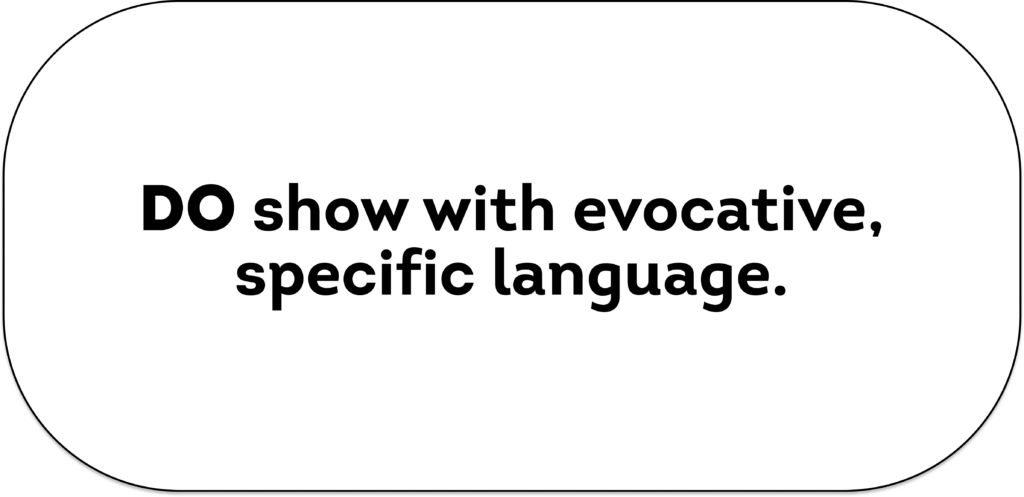
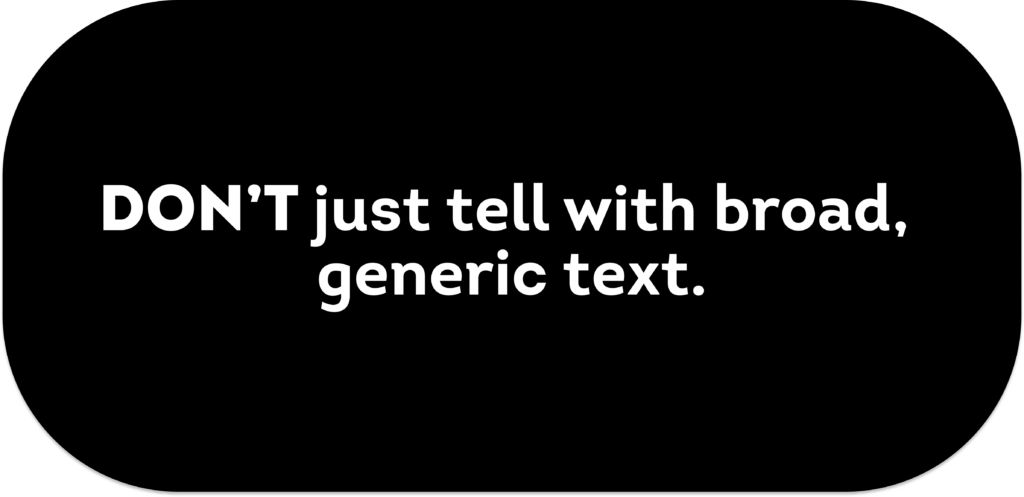
In a wonderful book titled Very Good Copy, Eddie Shleyner shares not only his wisdom but that of a whole generation of successful commercial copywriters. One of my favorites is the way he uses a legendary Chivas Regal Father’s Day ad (written by David Abbott) to explain the difference between just telling and really showing.
The ad features a bottle of Chivas Regal alongside 25 reasons a Dad deserves a bottle of premium whiskey for Father’s Day. The key to the ad’s power lies in the powerful details shared in each reason.
As Shleyner notes, “we aren’t being told a message. We’re being shown scene after scene. Here are a few examples he provides:
| Just Telling | Really Showing |
|---|---|
| “Because you were silly and fun.” | “Because you used to dance in the kitchen with a tea towel wrapped round your waist.” |
| “Because you were a great provider.” | “Because of all the nights you sat working at your desk while I lay sleeping in my bed.” |
| “Because you’re proud of me.” | “Because I know there’s a faded newspaper in your wallet about my scholarship.” |
| “Because you’re a great husband.” | “Because you still buy my mother flowers.” |
The ad concluded with the clincher: “Because if you don’t deserve Chivas Regal, who does?”

Hopefully, these guidelines and examples will help you make the next copy you write just a little more persuasive, moving and effective.


